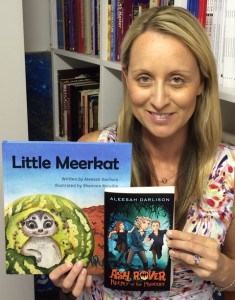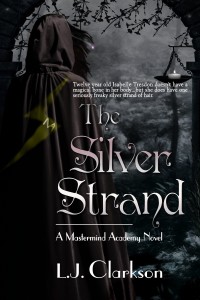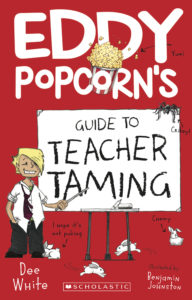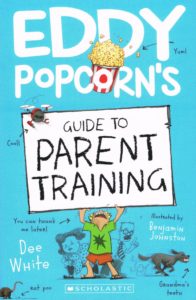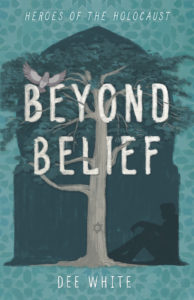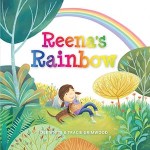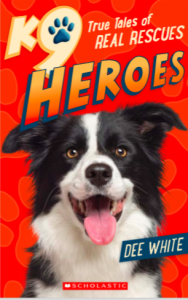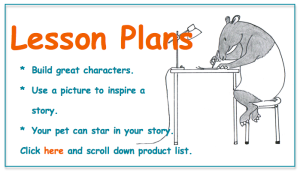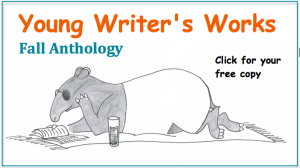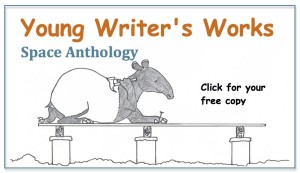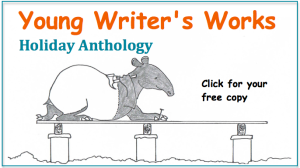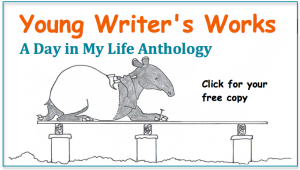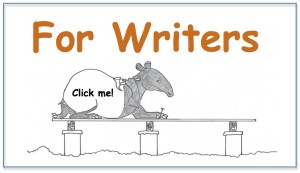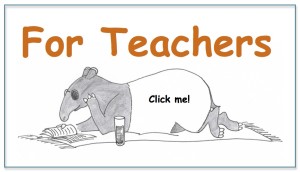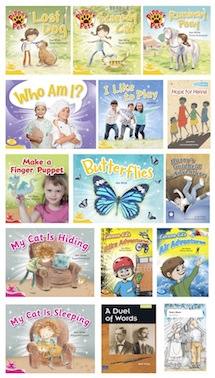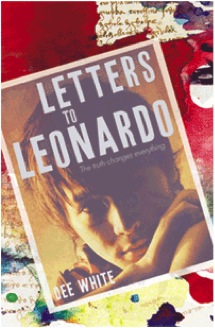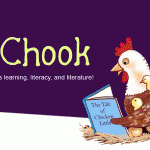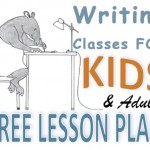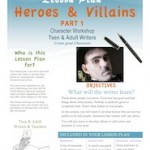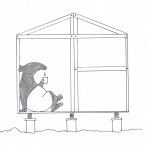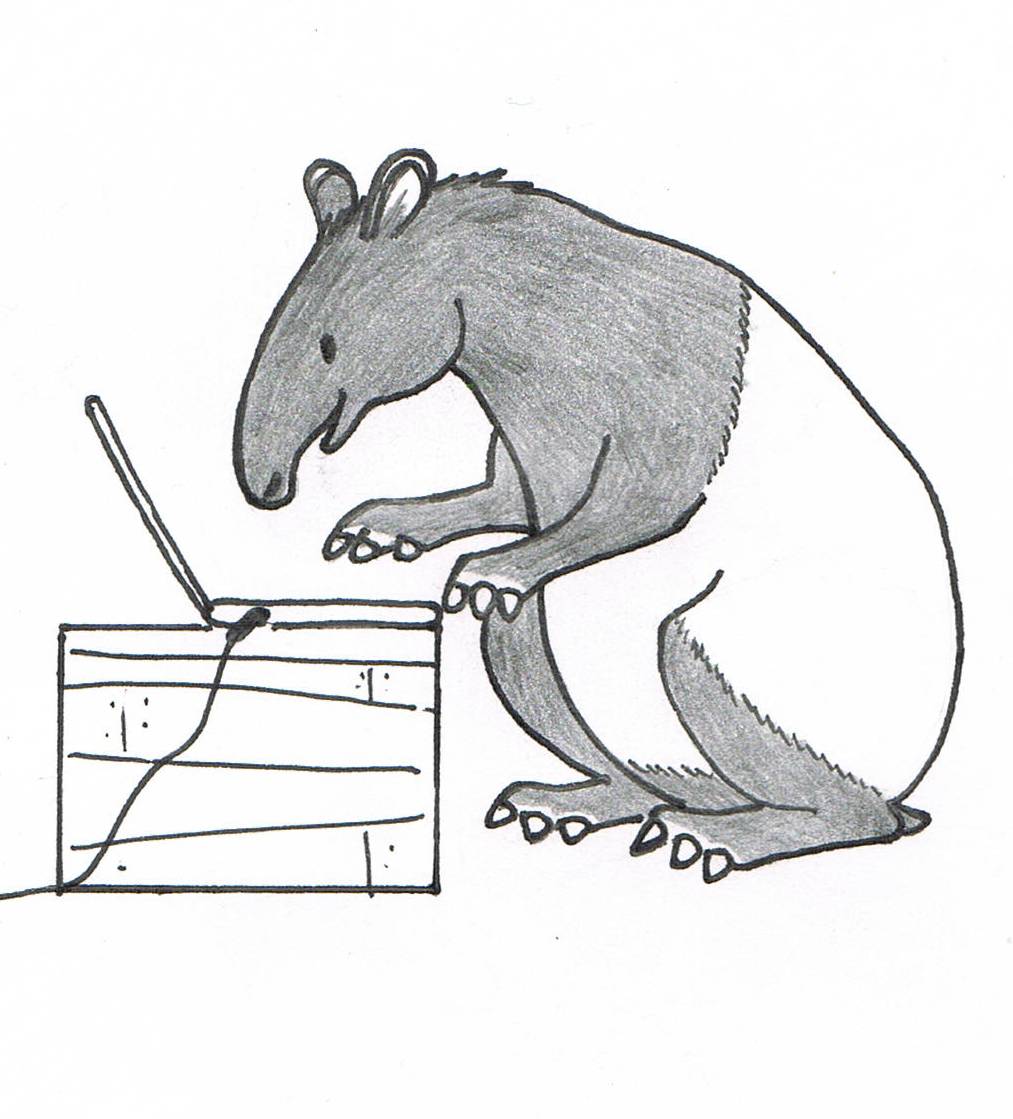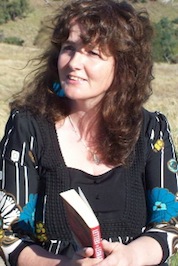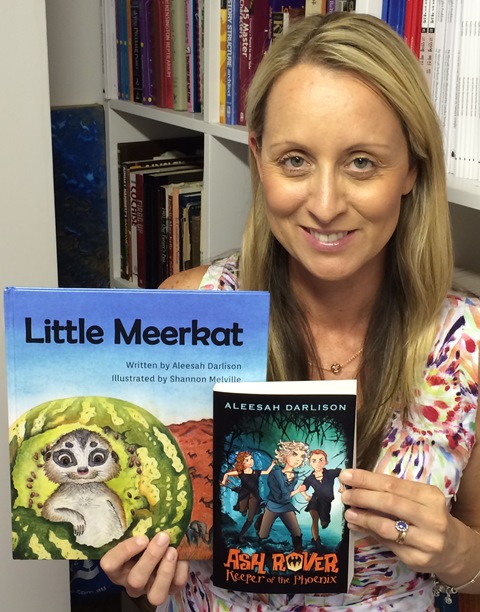 Today’s author is Aleesah Dariison. Aleesah currently has two new books out and she’s going to talk about how she wrote them.
Today’s author is Aleesah Dariison. Aleesah currently has two new books out and she’s going to talk about how she wrote them.
ASH ROVER
Ash Rover wants to do something important with his life. When he discovers a phoenix egg, he gets his wish. But the magical bird brings trouble to Ash’s village. Soon Ash is not only the unlikely Keeper of the Phoenix, he is also on a desperate quest to save his family and friends. Can Ash rescue the village and break the evil wizard’s spell in time?
I wrote Ash Rover for pure enjoyment of the fantasy adventure genre. My three key ingredients are magic, mystery and humour. I really hope young readers relate to my main characters Ash, Taine and Rhyll. They’re gutsy, loyal, funny, tenacious and resourceful. Sometimes they’re scared. Sometimes they make mistakes. They’re far from perfect, but they’re always supportive of each other and try their best.
ALEESAH’S TIPS ON WRITING FANTASY STORIES
Always plan your work. Resist the temptation to jump in and start writing straight away. If you plan things first, you’ll have a far better idea of where your story is heading and you’ll avoid plotting dead ends.
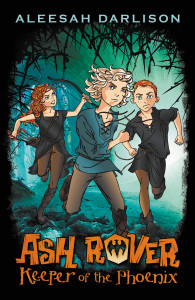 Reinvent, refresh, rewrite. If you’re writing in the fantasy genre using familiar mythical creatures, reinvent them to create fresh concepts. The brave knight doesn’t always have to fight the dragon. Sometimes they can become friends.
Reinvent, refresh, rewrite. If you’re writing in the fantasy genre using familiar mythical creatures, reinvent them to create fresh concepts. The brave knight doesn’t always have to fight the dragon. Sometimes they can become friends.- Know your characters before you start, including their strengths and weaknesses because this will affect how they act and react in the situations you’re going to create for them.
- Visualise your world. Create maps of your fantasy world where your story takes place to keep track of everything and so readers can follow your hero on his quest.
- Write using all of the senses. Don’t just describe physical things that can be seen, but remember to include sensory descriptions of sound, smell, taste and touch.
Ash Rover can be found in all good bookstores. Title information on the Walker Books website at: http://goo.gl/zkMNiY.
LITTLE MEERKAT
 Little Meerkat is a humorous, lively and adventurous picture book aimed at 3-7 year olds. Although Little Meerkat is tiny, he has a big imagination. He’s also very brave. Perhaps a little too brave … which leads to all sorts of fun.
Little Meerkat is a humorous, lively and adventurous picture book aimed at 3-7 year olds. Although Little Meerkat is tiny, he has a big imagination. He’s also very brave. Perhaps a little too brave … which leads to all sorts of fun.
I wrote this story because I love meerkats. They’re so adorable and cute and funny. I wrote this book with the help of my son, Riley, because he loves meerkats too and he has lots of great ideas.
5 tips on how to write picture books
- Pick your feature animal. Select one that you find particularly interesting and out of this will come the idea for your character and possibly even their name.
- Research. Find out as much as you can about the animal you’re writing about. Read lots of non-fiction texts, search the internet for information, visit museums and zoos.
- Every story needs a problem. Combine your research with a dash of imagination to brainstorm ideas for the problem your character will have.
- Keep an eye on word count and story pacing. You don’t have many words to play with in a picture book, maybe 300 – 600 in total. You also don’t want too many words per page either. Editing comes in handy when trying to cut back on your word count!
- Introduce your character and their problem quickly. Drop your reader straight into the action then spend the remainder of the book having the character try to solve their problem.
PS: Happy endings are always recommended in a picture book for younger readers!
Little Meerkat can be found in all good bookstores or purchased online at Wombat Books: http://goo.gl/HcHSkn.
OPPORTUNITY FOR YOUNG ILLUSTRATORS
As a side note, Wombat Books is running their inaugural Illustration Challenge.
The publisher is seeking original illustrations from school-aged students to publish in a unique picture book by Aleesah Darlison.
The Challenge has been established to provide aspiring young illustrators with the opportunity to be published in a professionally produced children’s book and gain an introduction into the world of illustrating.
The book, titled Zoo Ball, is scheduled for release in early 2015.
Up to twenty winning illustrators will be published in the book and will also receive two free copies of the book and a $50 voucher. They will be acknowledged on the Wombat Books website as a rising illustrator and there may be opportunities for them to illustrate work in the future.
An outstanding illustrator will be given the exclusive opportunity to design the cover for the book and will win a cash prize of $200.
For more details visits: www.wombatbooks.com.au.

